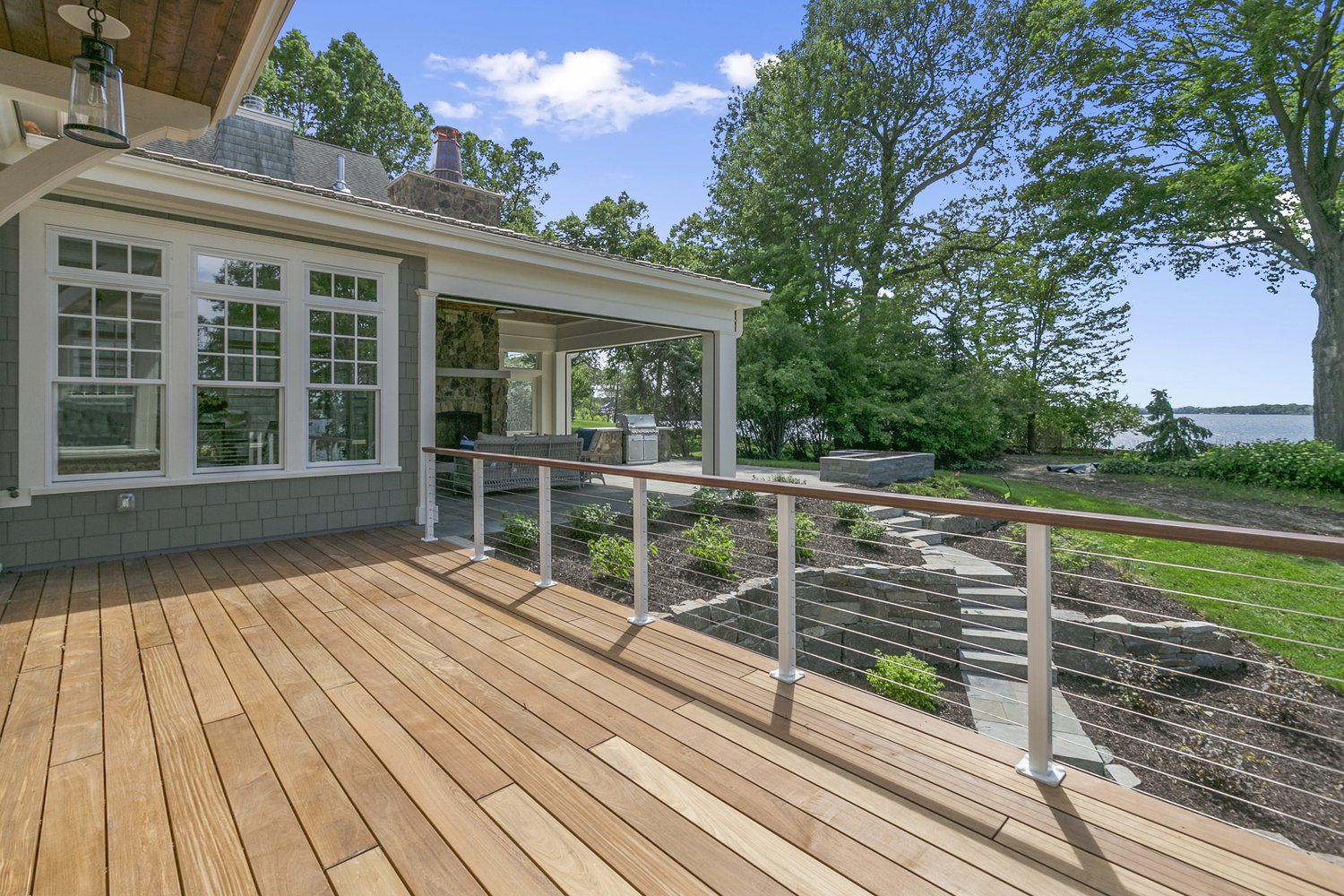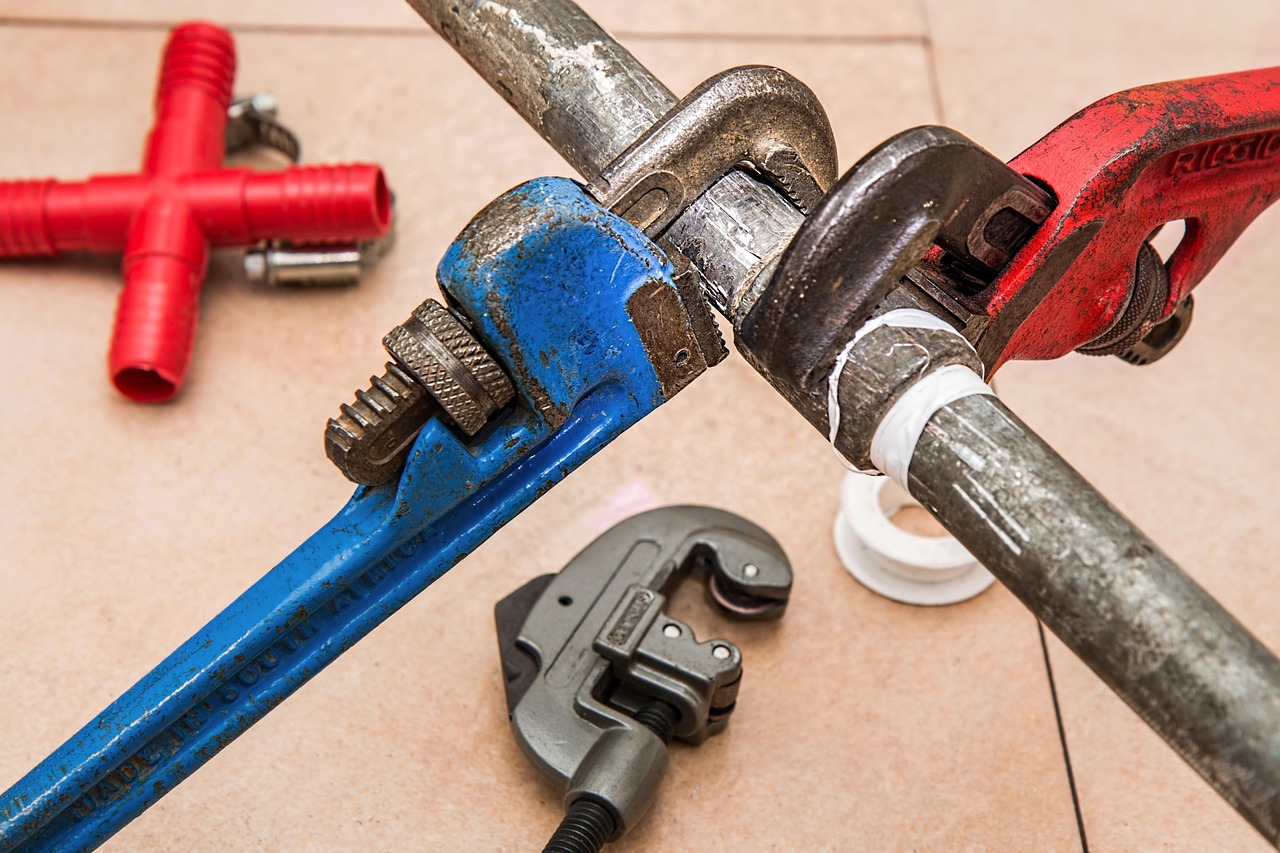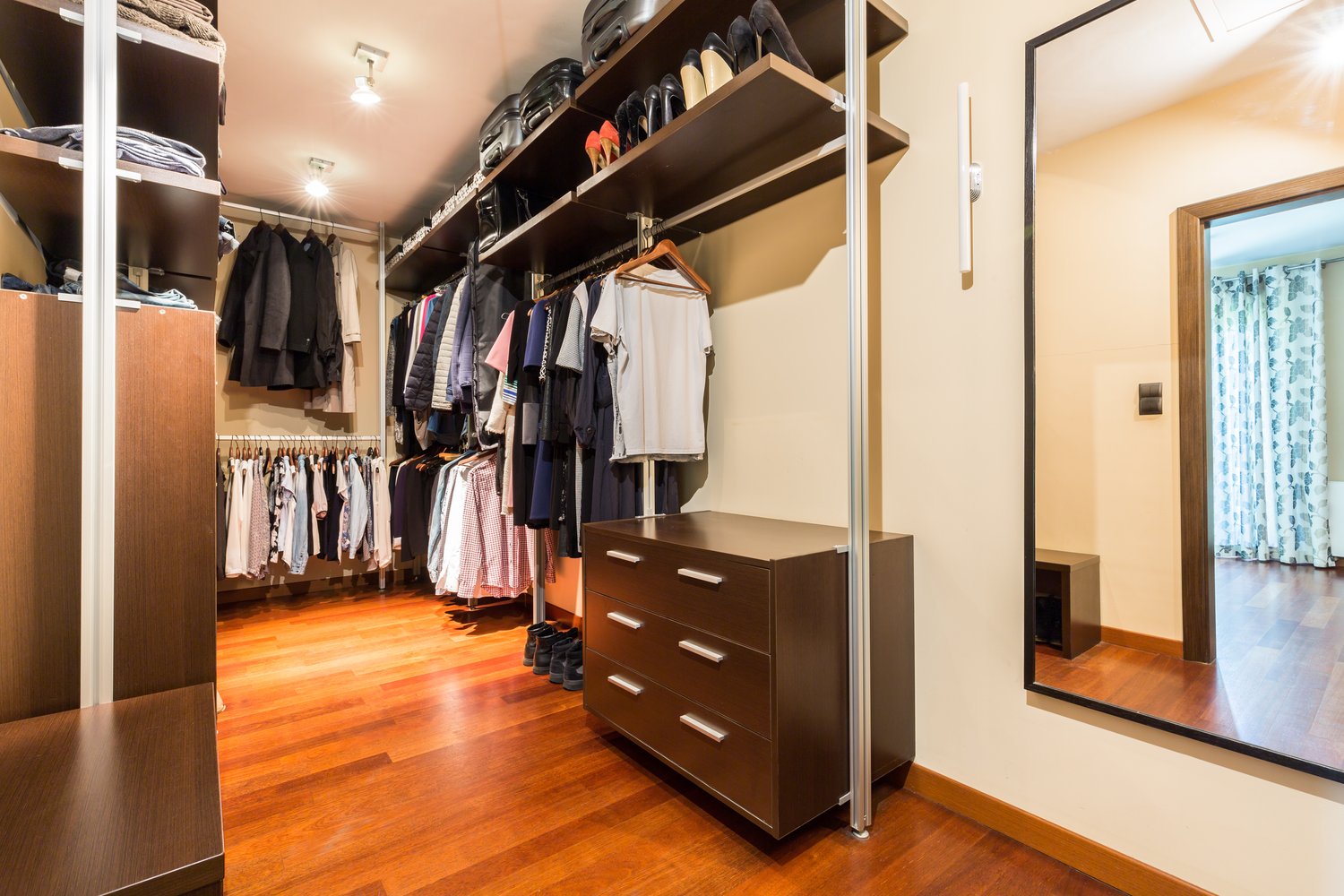Choosing the right material for your deck is a crucial decision that impacts the appearance of your outdoor space, maintenance schedule, and budget for years to come. Homeowners typically decide between traditional wood decking and modern composite alternatives, each with distinct advantages and limitations. This comprehensive guide compares wood vs composite decking across several vital factors, including durability, maintenance requirements, initial and long-term costs, aesthetic appeal, and environmental considerations, to help you make an informed decision for your home improvement project.
Understanding Your Deck Material Options
When planning a deck project, you’ll encounter two primary deck material categories: natural wood and composite materials. Natural wood options include pressure-treated lumber (typically pine treated with preservatives), cedar, redwood, and tropical hardwoods like ipe. Composite decking, on the other hand, consists of materials made from wood fibers combined with plastic polymers and binding agents. This engineering creates a product designed to overcome some of wood’s natural limitations while mimicking its appearance. Before comparing specific attributes, it’s essential to understand that quality, performance, and price can vary significantly within each category, particularly among the best composite decking brands that continue to innovate in this space.
Durability and Longevity Comparison
The durability difference between wood and composite decking is significant. Traditional pressure-treated wood decking typically lasts 10-15 years with proper maintenance, while higher-end woods like cedar may last 15-20 years. Tropical hardwoods can last 25+ years due to their natural oils and density. Composite decking is explicitly engineered for longevity, with many manufacturers offering warranties ranging from 25 to 50 years. Composites resist many of the issues that plague wood: they won’t splinter, warp, crack, or become susceptible to insect damage. This enhanced durability is a significant factor driving the increasing popularity of composite materials, despite their higher initial cost.
Maintenance Requirements
The maintenance contrast between these materials is perhaps the most compelling argument in the wood vs composite debate. Wood decking requires regular attention to maintain its appearance and structural integrity. This includes annual cleaning, sealing or staining every 2-3 years, and occasionally replacing boards that have warped, splintered, or rotted. Pressure-treated vs composite maintenance schedules differ dramatically – while pressure-treated lumber requires ongoing care, composites need only occasional cleaning with soap and water. This reduced maintenance represents significant time and cost savings over the deck’s life, making composite an attractive option for homeowners seeking a low-maintenance outdoor living space.
Initial and Long-term Cost Analysis
The wood vs composite decking cost equation must consider upfront investment and lifetime expenses. Initially, wood is the more affordable option, with pressure-treated lumber typically costing $2-$5 per square foot, cedar or redwood ranging from $4-$8, and tropical hardwoods commanding $8-$15. Composite materials cost $7 per square foot and can reach $15-$25 for premium brands. However, the long-term calculation changes when factoring in maintenance costs. Wood requires regular investment in stains, sealers, and replacement boards, potentially adding thousands over its lifetime. According to research from AskHomey, homeowners often find that the higher initial investment in quality composite decking becomes economical after 7-10 years when accounting for maintenance savings.
Aesthetic Considerations
The appearance of your deck significantly impacts your home’s overall aesthetic and outdoor enjoyment. Wood decking offers a natural, warm beauty that many homeowners find irreplaceable. Each board has unique grain patterns, and woods like cedar and redwood provide rich, natural colors. Over time, however, all wood weathers to a silvery gray unless regularly treated. Modern composite decking has made tremendous advances in mimicking natural wood appearance. The best composite decking brands now offer varied grain patterns, textures, and color options ranging from realistic wood tones to contemporary colors that wood cannot achieve. While purists may still prefer the authenticity of timber, the gap in appearance quality has narrowed considerably.
Environmental Impact
Environmental considerations are increasingly important for homeowners making material choices. The ecological equation is complex for both options. Wood is a renewable resource, particularly when sourced from responsibly managed forests. However, pressure-treated lumber contains chemicals that raise some environmental concerns. Composite decking often incorporates recycled materials—many brands use reclaimed wood fibers and recycled plastics that would otherwise end up in landfills. Though composites initially require more energy to manufacture, their longevity means they won’t need replacement as frequently as wood decking. For environmentally conscious consumers, researching specific sourcing practices of wood suppliers and composite manufacturers is worthwhile when selecting deck material.
Making Your Final Decision
Choosing wood and composite ultimately depends on your priorities, budget, and lifestyle. If initial cost is your primary concern and you don’t mind regular maintenance, traditional wood may be your best option. Composite materials offer compelling advantages if you prefer a low-maintenance solution and can accommodate a higher upfront investment. Consider your local climate as well—extreme conditions may make the composite’s durability advantages even more valuable. Whether you choose the classic appeal of wood or the modern performance of composite, a well-designed and properly installed deck will provide years of outdoor enjoyment for your home.
For more tips and to connect with reliable home service professionals, follow AskHomey on Facebook and Instagram.



